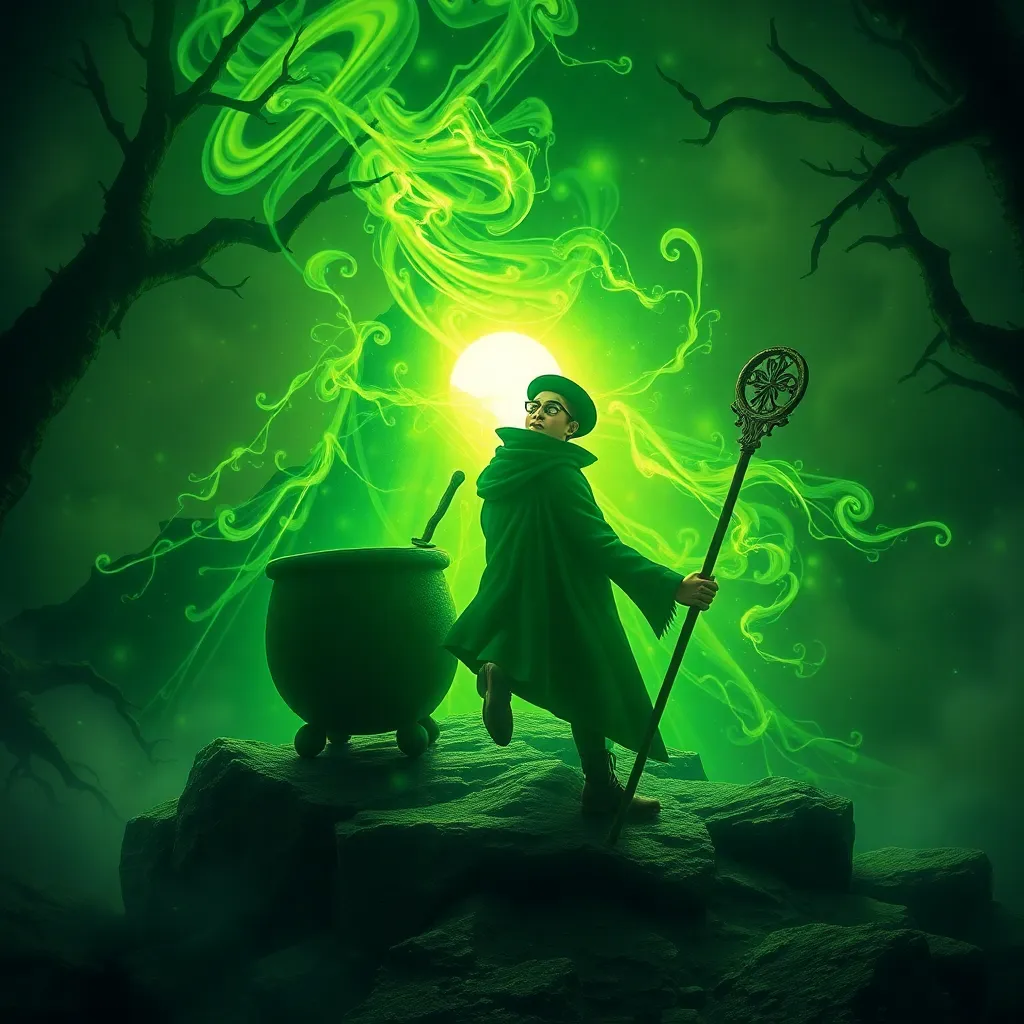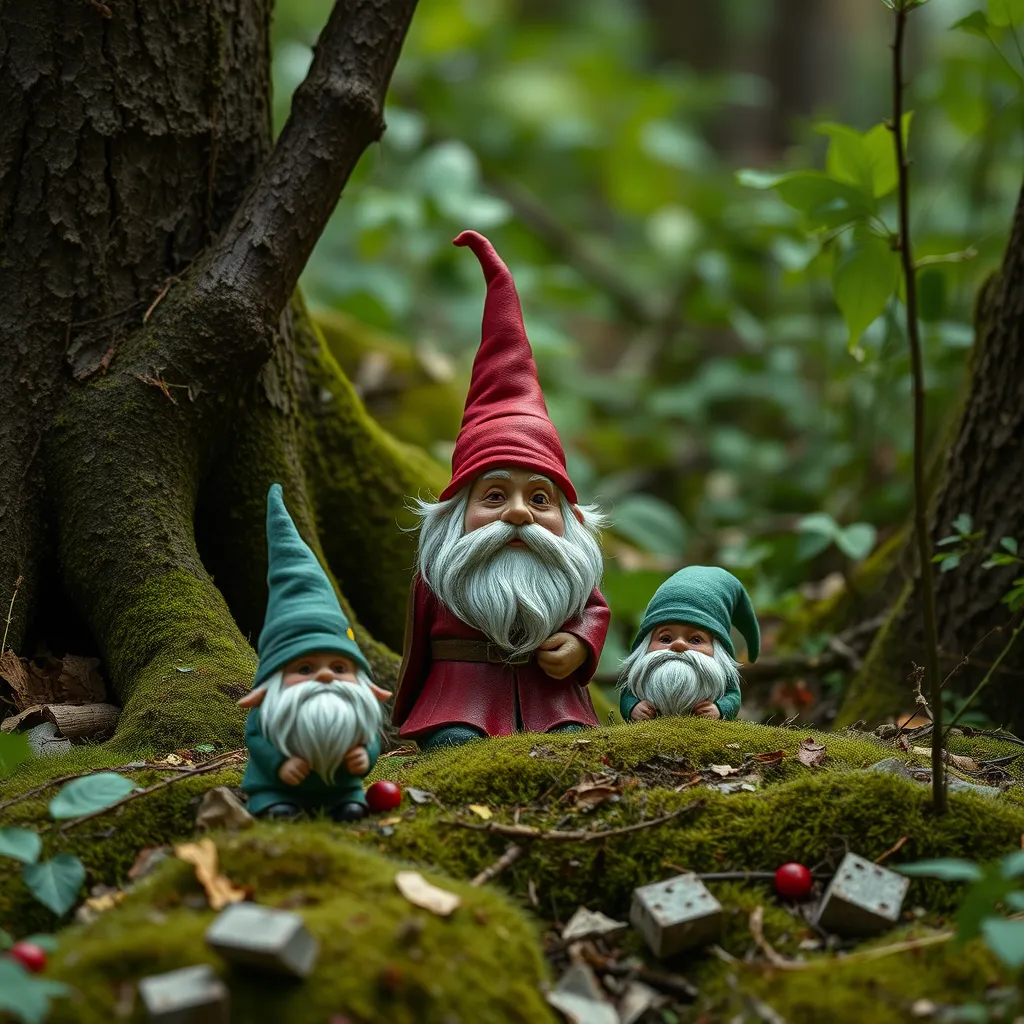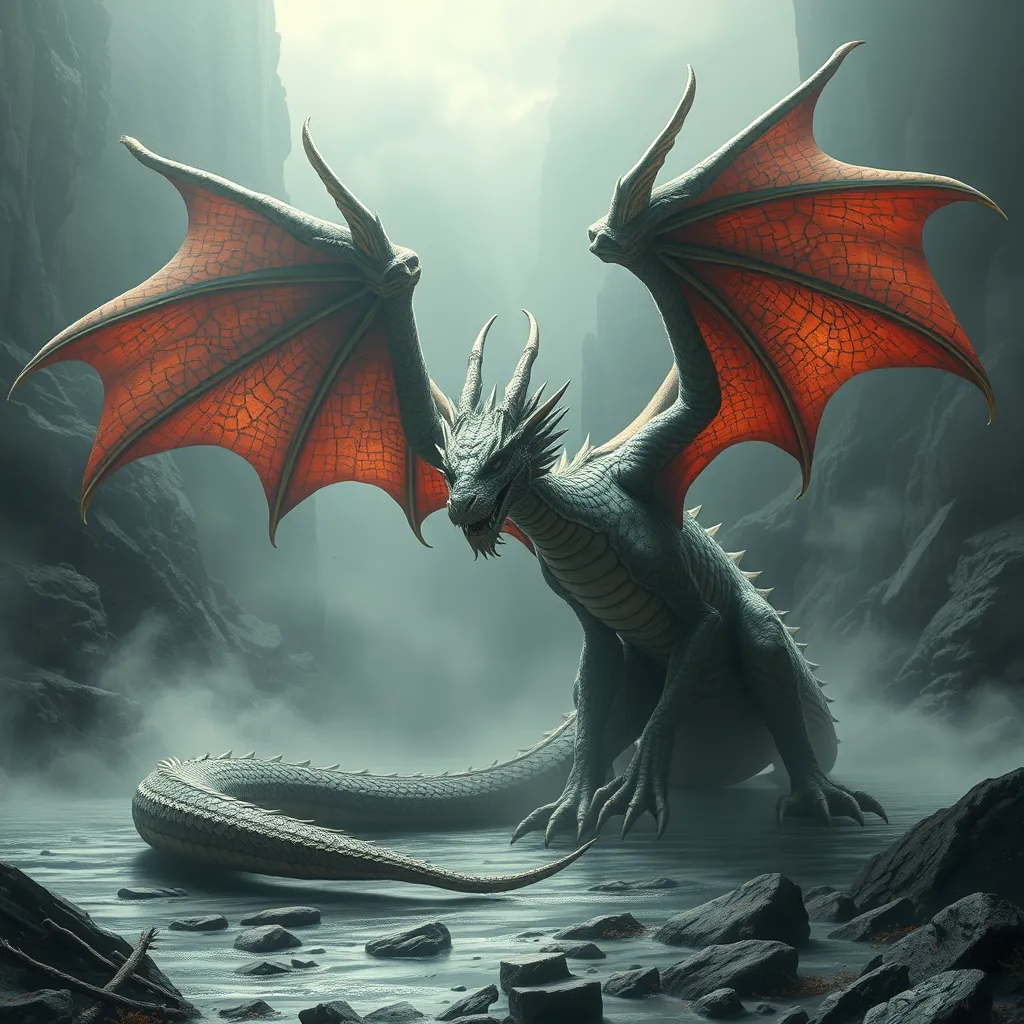The Leprechaun’s Journey: Examining the Theme of Transformation in Irish Myth
I. Introduction
Leprechauns are among the most iconic figures in Irish mythology, often depicted as small, mischievous beings who guard their pots of gold. They are integral to Irish folklore, representing not just wealth but also the mystical elements of Irish culture. The theme of transformation is paramount in these tales, as leprechauns often embody change not only in their physical forms but also in the lives of those who encounter them.
This article delves into the significance of transformation in leprechaun narratives and explores how this theme manifests throughout various stories and cultural adaptations. By examining the origins, symbolism, and modern interpretations of leprechauns, we can gain a deeper understanding of their role in Irish mythology and the broader implications of transformation in human experience.
II. The Origins of Leprechaun Mythology
The leprechaun’s roots can be traced back to ancient Irish culture, where they were often associated with the Tuatha Dé Danann, the mythical race of deities. Historically, leprechauns were viewed as solitary fairies, skilled in making shoes and known for their trickery.
Over time, the figure of the leprechaun has evolved from a minor fairy into a symbol of Irish identity. Traditionally depicted as old men with beards, dressed in green coats and buckled shoes, they have come to represent the whimsical side of Irish folklore.
Symbolically, leprechauns serve as a reminder of the importance of nature and the mystical connection between humans and the earth. They embody the concept of transformation, shifting from mere folklore to cultural icons.
III. Transformation Through Different Narratives
Leprechaun tales are rich with magic and transformation. Their stories often include spells, potions, and encounters with humans that lead to significant changes in character or circumstance.
- The Tale of the Stolen Gold: In this narrative, a greedy human steals a leprechaun’s gold, leading to a series of misfortunes that ultimately transform the thief’s character.
- The Wish Granter: A leprechaun grants a human three wishes, which leads to unexpected consequences, illustrating the transformative power of desire.
When compared to other mythological figures, such as shape-shifters or trickster gods, leprechauns uniquely embody transformation through their interactions with humans. Their stories reflect the duality of desire and consequence, showcasing how one can change through encounters with the magical.
IV. The Role of Gold and Wealth in Transformation
Gold is a central motif in leprechaun tales, symbolizing both wealth and greed. The allure of the leprechaun’s gold often leads characters down a path of transformation, revealing their true natures.
- Greed as a Catalyst: Many stories highlight how the pursuit of wealth can lead to moral decay, illustrating the transformative power of greed.
- Redemption through Loss: Other narratives show characters who, after losing their riches, undergo personal growth and transformation.
The moral lessons associated with wealth in leprechaun stories serve to remind audiences of the dangers of avarice and the importance of humility. The transformations triggered by wealth often lead characters to reconsider their values and priorities.
V. Leprechauns as Symbols of Change
Leprechauns can be seen as metaphors for personal and social transformation. Their stories often reflect broader themes of change within Irish society, including the struggles between tradition and modernity.
As symbols of change, leprechauns embody the journey of self-discovery and growth. They challenge characters to confront their desires and the consequences of their actions, making their tales relevant beyond mere entertainment.
The leprechaun’s journey mirrors the human experience, emphasizing that transformation is a fundamental aspect of life. Each encounter with a leprechaun serves as a catalyst for characters to evolve, highlighting the universal nature of personal growth.
VI. The Influence of Modern Culture on Leprechaun Narratives
In contemporary literature and media, leprechaun myths have been adapted and reimagined, reflecting modern values and sensibilities. Films, books, and television shows have introduced new dimensions to the leprechaun character, often blending traditional elements with contemporary themes.
Globalization has also impacted the perception of leprechauns, leading to a more commercialized and sometimes stereotypical portrayal. This has resulted in a transformation of their image, often reducing them to mere symbols of good luck or mischief.
Despite these adaptations, the core themes of transformation remain. Modern narratives often explore the consequences of greed, the pursuit of happiness, and the importance of community, staying true to the original spirit of leprechaun folklore.
VII. Case Studies: Key Stories of Transformation
To further illustrate the theme of transformation in leprechaun mythology, let’s analyze a few key stories:
- The Legend of the Last Leprechaun: This tale explores the transformation of a leprechaun who, through his interactions with a human, learns the value of friendship over wealth.
- The Enchanted Forest: In this story, a group of travelers stumbles upon a leprechaun’s hidden glen, leading to transformations in their perspectives and relationships.
Each of these narratives emphasizes the transformative power of encounters with leprechauns, highlighting the lessons of humility, friendship, and the ephemeral nature of wealth.
VIII. Conclusion
The theme of transformation is deeply woven into the fabric of leprechaun mythology. From their origins in ancient Irish culture to their modern adaptations, leprechauns serve as powerful symbols of change, reflecting both personal growth and societal evolution.
These tales remain relevant today, offering insights into the human experience and the complexities of desire, greed, and morality. As we reflect on the leprechaun’s journey, we are reminded of the transformative power that lies within each of us, encouraging us to embrace change and seek deeper understanding in our own lives.



